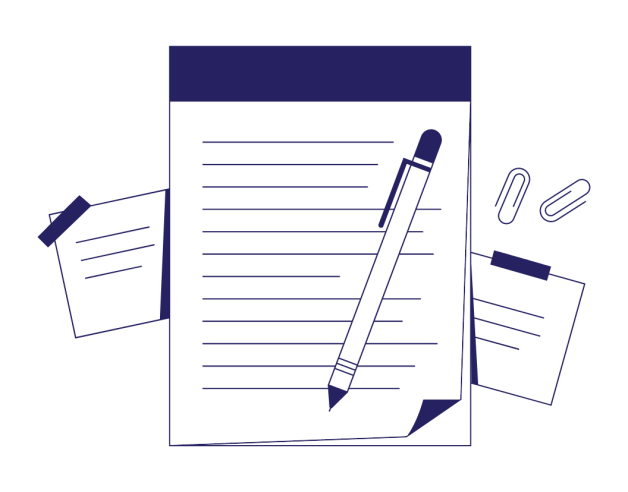
-
4-minute read
-
10th September 2023
Second Person Point of View Explained
In the world of literature and marketing, point of view is a powerful tool writers use to connect with their audience. Point of view shapes how a story is told and how readers engage with the content.
Among the various narrative perspectives, the second person point of view stands out as a unique and captivating way to draw readers in.
Understanding Point of View in Writing
Before we delve into the intricacies of the second person point of view, let’s first clarify what point of view means in writing. Point of view refers to the vantage point from which a story is narrated. It influences the tone, style, and reader’s relationship with the characters and events.
The three primary points of view are first person, second person, and third person. The second person is characterized by the use of you and makes the reader or audience a direct participant in the story, almost as if they were the protagonist.
Exploring the Second Person Point of View
The second person point of view is a distinctive writing style in which the writer directly addresses the reader. This viewpoint immerses readers in the storyline and allows them to visualize themselves in it.
The second person is not as common as the other points of view, but using it makes sense at specific times. Let’s look at a few examples.
Choose-Your-Own-Adventure Stories
These interactive stories often use the second person point of view to allow readers to make decisions that impact the plot:
Instructional Guides
Many how-to guides and tutorials use the second person to instruct readers directly:
Marketing Content
In marketing and online content, writers often use the second person point of view to engage and persuade their audience:
When Not to Use the Second Person Point of View
The second person point of view is a powerful tool when used appropriately, but it’s not suitable for all types of writing. For example, in academic writing, such as essays and research papers, you should usually stick with the third person point of view. Doing so makes the writing more objective and less personal.
Additionally, though the second person can be interesting in fiction, finding entire novels written in this perspective is rare because it can be difficult to sustain over the course of a long narrative. That’s not to say it hasn’t been done, though!
Find this useful?
Subscribe to our newsletter and get writing tips from our editors straight to your inbox.
Subscribe to Beyond the Margins and get your monthly fix of editorial strategy, workflow tips, and real-world examples from content leaders.
Other Points of View
Although the second person point of view has its unique merits, both the first and third person perspectives are also valuable (and more common) in writing, as described below.
First Person
In this perspective, the narrator is a character in the story, telling the tale from their personal experiences. The form commonly uses pronouns such as I and we:
The first person allows intimate character exploration and personal connection.
Third Person
In this perspective, the narrator is external to the story, observing the characters and events from a distance. Pronouns such as he, she, and they are used, as well as personal pronouns:
The third person provides objectivity and a broader view of events, making it suitable for most types of writing.
Conclusion
The second person point of view can be a potent tool in your writing arsenal, particularly in marketing and instructional content. However, wielding it judiciously is important – not all situations call for this immersive narrative style.
By understanding the nuances of point of view and the right time to use each perspective, you can effectively craft compelling and engaging content that resonates with your target audience. And once you have a draft, we’d love to take a look at it! Our expert editors will check it for issues with spelling, grammar, tone, and more. Submit a sample of your work to try our service for free today.
Frequently Asked Questions
What is a second person pronoun?
You, your, and yours are the pronouns used in the second person point of view.
How do you write in the second person?
Address the reader directly. Write in the present tense. Avoid using you pronouns more than necessary.




